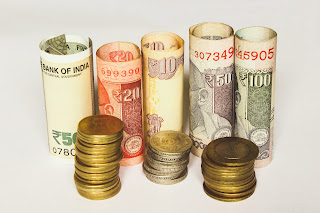Explaining Gilt-edged securities (shortened to gilts)
Gilt-edged securities, also known as gilts, are debt securities issued by the government of the United Kingdom. They are called gilt-edged securities because they are considered to be among the highest quality and most secure investments available, with a long history of low default rates and stable returns. Gilts are issued in a range of maturities, from short-term bills with a maturity of less than one year, to long-term bonds with a maturity of over 25 years. They pay a fixed rate of interest, known as the coupon, which is paid to investors on a regular basis, typically semi-annually. The principal amount of the gilt is repaid to the investor at the end of the term of the gilt. Gilts are issued by the UK Debt Management Office (DMO), which is an agency of the UK government responsible for managing the government's debt. The DMO issues gilts on behalf of the government to finance its borrowing requirements, and sets the terms and conditions of the gilts, including the coupon ra




